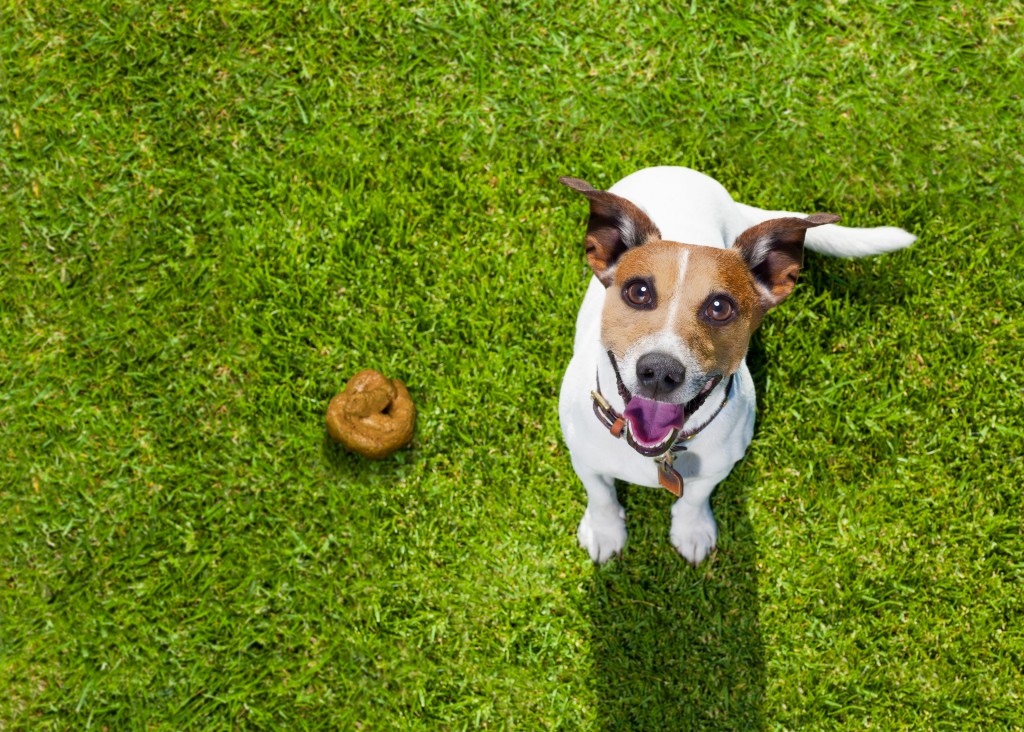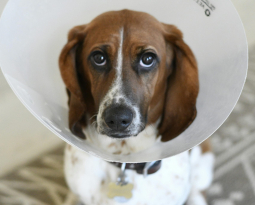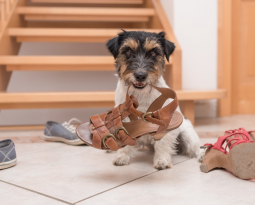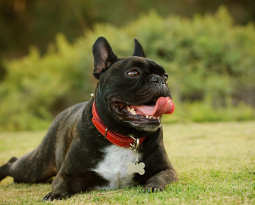You may grimace at the title, but it is a key truth in maintaining your pup’s health! Parents know this, keeping an eye on what their newborn or young child is eliminating gives them insight into how their bodies are feeling, and just what may be ailing them while their child can’t vocalize the feelings (aside from an anguished cry!) So too can it be a useful component in maintaining your pet’s health.
Before looking for changes in your dog’s stool, you will need to know what their normal, healthy stool looks like. In the most general of terms, a healthy dog stool will be firm, slightly moist, and have a mild odor. Its color will be a chocolate-brown tone. That is the usual, healthy waste of a dog. It also relates the some of the 4 C’s that should be noted when examining dog stool: Color, Consistency, Content, and Coating.
Color:
This is obvious, you should be able to tell right away if this is not the usual color. While changes in diet and hydration levels may see a slight change in color, they should be minor. If see black, red, grey or yellow these colors are abnormal and if they persist for more than two goes, may indicate problems.
White stool means your dog’s diet is too high in calcium or bones. This is common in certain raw food diets but treats high in calcium and overfeeding can contribute to this as well.
Red means there is bleeding in the lower portion of the digestive tract. Black indicates bleeding further up in the digestive tract.
Grey or yellows may indicate problems with the liver, gallbladder or pancreas. If any abnormal color in your dog’s stool continues past several bathroom breaks, see your vet!
Consistency:
Second of the features mentioned above, consistency. Some vets use a 1-7 scoring scale for consistency, from 1 (small hard pellets) to 7 (a puddle). Normal, healthy stool (or a 2) will be firmer, segmented not formless. Diet and hydration are the factors with the most influence on stool. Stool that is larger, more voluminous is common when dogs are fed kibble diets. Kibble is often made with fiber levels that are too high, which make for just large stools.
Content:
No doubt you can guess what this means. What’s actually in the stool. If you don’t want to get down and dirty about it, we understand. But here are the kinds of things we can see in the stool to judge their health. Worms, fur, foreign materials are all things to be found in stool.
Worms are clear indicators that parasites are involved. Foreign materials including grass or bits of clothes or plastic are common sights in dog stool. Dogs love to get their furry faces into the trash can or munch down on materials around the house. If you are seeing things like this it is important to reassess the security of things like your trash. Fur can indicate that your dog is over grooming themselves possibly from stress, allergies, boredom, or skin disease.
Coating:
Healthy stool should not have a coating. There should be no mucous or trail. A coating suggests some sort of inflammation, likely in the bowel.
If you live in an apartment complex or regularly take your dog for walks, then you’re already picking up after them (or you should be!) so take the moment to make a note of their waste. If you have let your dog out and clean up once a week, make the time to follow up on your pet one or twice a week to make sure everything is healthy and working as it should.
As mentioned previously, one odd stool isn’t great but not an immediate cause for alarm. If after two stools the problem persists, the color, the consistency or what have you, then it is time to bring them to the vet and look at what’s wrong. If that’s the case, simply give your vet a call, and by having kept a close eye on your pet, the diagnosis will be easier to figure out and the treatment quicker to implement.





